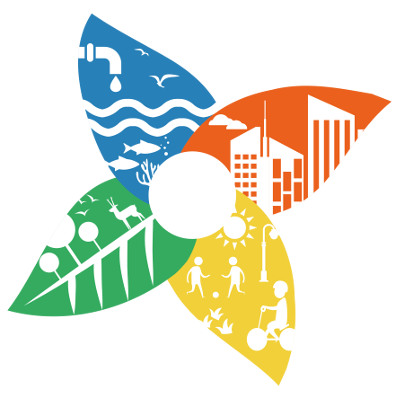Naturvation goes to Sydney
Rob Raven will present early findings from the Naturvation project at the panel on ‘Experiments in Infrastructure’ at the 4S Conference, in Sydney, Australia on 29 August to 1 September, 2018.
Nature-Based Solutions (NBS) – the innovative ‘use’ of natural infrastructure for tackling societal challenges such as climate change, human health and inclusive societies – are increasingly recognized in policy and academic circles as potentially relevant in urban sustainability transitions. While the social, environmental, and economic benefits of NBS and their contribution to an urban transition to sustainability are well known, more research needs to be conducted on the governance mechanisms, learning processes and innovation tools that can allow for their strategic, widespread, and equitable rolling out through urban areas and across national boundaries. Here we present our case study research on the social, technical and political dynamics of NBS in European cities and our methodology for understanding how innovation trajectories, structural conditions, governance modes, business models, civic engagement, and inclusion processes play a role in the diffusion and wider uptake of NBS. Through a comparative qualitative approach and a transdisciplinary design, we are learning about the experience of cities and the conditions that structure, enable, or constrain the systemic integration of NBS through municipal policies and planning instruments.
Some of our key research questions are: What are the logics, expectations and visions through (and with) which NBS are being promoted? What are the institutional arrangements and forms of civil engagement that facilitate the emergence and implementation of NBS? What type of challenges do they face throughout time, (e.g. critical junctures or decisions), and how these influence the trajectory of NBS and what are the enabling and obstructing factors? Situating NBS in the emergence of new discourses on urban transition to sustainability in what sense can we think of NBS as technical, social, policy, cultural, or financial innovations? Finally, we also explore how NBS relate and depend upon other fields such as mobility, sustainable buildings, energy.
Some preliminary findings on the questions listed above will be presented, as emerging from our research in Barcelona, Gyor, Leipzig, Malmo, Newcastle and Utrecht based on a sample of 18 NBS (including green corridors, urban parks, protected areas, community growing spaces, green roofs, restoration of river beds and water permeable surfaces). In addition to qualitative case study research, the analysis will also build upon descriptive and explanatory analysis of a new database with 1000 NBS experiments across Europe. The database was constructed between June-August 2017 and holds data on 997 NBS initiatives in Europe. The data captured in the database includes information such as place and scale, dates, goals and challenges addressed, ecological domains, services provided, governance arrangements, enabling drivers, costs and funding, types of innovation and impacts. Regarding the types of innovation, the database contains information whether the NBS initiatives are characterised as technological innovations (product, process or infrastructural), social innovations (policy, economic, governance or cultural) or system innovations. Moreover, the database contains an assessment of the degree of novelty (expressed in terms of whether an innovation is derived from previous initiatives with or without substantial adaptation, or whether the innovation is entirely new) as well as an assessment of ‘upscaling’, i.e. whether or not the innovation is transferred to other initiatives with or without substantial adaptation.
